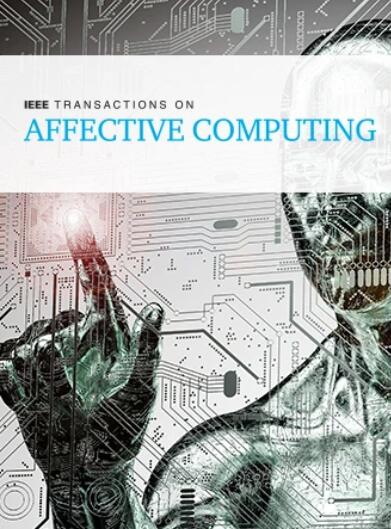光谱-时间调制结合两流鲁棒语音情感识别
IF 9.8
2区 计算机科学
Q1 COMPUTER SCIENCE, ARTIFICIAL INTELLIGENCE
引用次数: 0
摘要
基于深度学习的语音情感识别(SER)模型在受控环境中显示出令人印象深刻的结果,但它们的性能在噪声条件下显着下降。本文提出了一种将光谱-时间调制特征与常规声学特征相结合的鲁棒双流SER模型。实验在德语(EMODB)和英语(RAVDESS)数据集上使用clean-train- noise -test范式进行。结果表明,与传统的声学特征(如mfcc和mel谱图的时频特征)相比,光谱-时间调制特征在噪声条件下具有优越的鲁棒性。此外,我们分析了调制特征的权重,并证明该模型强调共振峰和谐波的轮廓,这是噪声中语音感知的关键特征,对于鲁棒的SER来说。结合光谱-时间调制流不仅增强了模型的鲁棒性,而且对SER在噪声中的任务提供了更深入的了解。本文章由计算机程序翻译,如有差异,请以英文原文为准。
Spectro-Temporal Modulations Incorporated Two-Stream Robust Speech Emotion Recognition
Deep learning based speech emotion recognition (SER) models have shown impressive results in controlled environments, but their performance significantly degrades in noisy conditions. This paper proposes a robust two-stream SER model by combining spectro-temporal modulation features with conventional acoustic features. Experiments were conducted on German (EMODB) and English (RAVDESS) datasets using the clean-train-noisy-test paradigm. The results demonstrate that spectro-temporal modulation features offer superior robustness in noisy conditions compared with conventional acoustic features such as MFCCs and time-frequency features from Mel-spectrograms. Additionally, we analyze weights of modulation features and demonstrate the model emphasizes contours of formants and harmonics, which are crucial features for speech perception in noise, for robust SER. Incorporating the stream of spectro-temporal modulations not only enhances the robustness of the model but also provides deeper insights into the task of SER in noise.
求助全文
通过发布文献求助,成功后即可免费获取论文全文。
去求助
来源期刊

IEEE Transactions on Affective Computing
COMPUTER SCIENCE, ARTIFICIAL INTELLIGENCE-COMPUTER SCIENCE, CYBERNETICS
CiteScore
15.00
自引率
6.20%
发文量
174
期刊介绍:
The IEEE Transactions on Affective Computing is an international and interdisciplinary journal. Its primary goal is to share research findings on the development of systems capable of recognizing, interpreting, and simulating human emotions and related affective phenomena. The journal publishes original research on the underlying principles and theories that explain how and why affective factors shape human-technology interactions. It also focuses on how techniques for sensing and simulating affect can enhance our understanding of human emotions and processes. Additionally, the journal explores the design, implementation, and evaluation of systems that prioritize the consideration of affect in their usability. We also welcome surveys of existing work that provide new perspectives on the historical and future directions of this field.
 求助内容:
求助内容: 应助结果提醒方式:
应助结果提醒方式:


